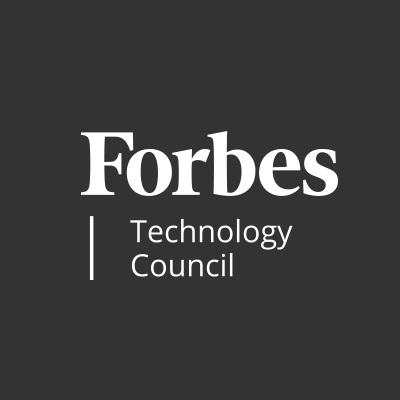How Blockchain Enhances Data Integrity and Cybersecurity

In today’s digital era, the importance of data integrity and cybersecurity cannot be overstated. As organizations and individuals increasingly rely on digital data for transactions, communication, and decision-making, the risks posed by cyber threats have grown exponentially. To combat these challenges, innovative technologies like blockchain are transforming the landscape of data security, promising unprecedented levels of transparency, tamper resistance, and trustworthiness.
Understanding Blockchain and Its Role in Data Security
What Is Blockchain?
Blockchain is a decentralized ledger technology that records transactions across a network of computers, or nodes, without a central authority. The data is organized into blocks, each containing a series of transactions, which are cryptographically linked to form a chain. This structure ensures that once a block is added, altering or deleting its data becomes virtually impossible without consensus from the majority of the network, making the blockchain inherently tamper-proof.
Key Objectives of Blockchain
- Ensuring data is virtually unchangeable once recorded
- Providing transparent and comprehensible transaction records for all participants
- Distributing data storage across multiple nodes to eliminate single points of failure
- Reducing reliance on intermediaries, thereby increasing efficiency
Enhancing Data Integrity and Trust
One of blockchain’s most significant contributions to cybersecurity is its ability to guarantee data integrity. When a transaction or data entry is added to the blockchain, it is cryptographically signed and time-stamped, then verified through a consensus mechanism—such as proof-of-work or proof-of-stake. This process ensures that every record is authentic, traceable, and immutable.
Cryptography: The Backbone of Blockchain Security
Blockchain employs advanced cryptographic methods to secure data. Hash functions convert data into fixed-length hash values, with any change in the original data producing a completely different hash. Digital signatures further authenticate data origin, allowing only authorized parties with private keys to create valid transactions. These cryptographic safeguards effectively detect tampering and unauthorized access, reinforcing trust in the system.
Decentralization and Resistance to Cyber Attacks
Unlike traditional centralized databases, blockchain distributes data across a network of nodes. This dispersion makes it exceedingly difficult for hackers to compromise the entire system, as attacking a majority of nodes is required to manipulate the data. This distributed architecture not only enhances security but also reduces vulnerabilities associated with insider threats and single points of failure.
Applications Beyond Cryptocurrency
Financial Sector and Smart Contracts
While cryptocurrencies like Bitcoin and Ether are the most well-known applications of blockchain, the technology’s potential extends far beyond digital currency. In finance, blockchain can facilitate secure online trading, streamline cross-border payments, and improve transparency in financial systems. Smart contracts—self-executing contracts with terms embedded in code—can automate complex processes such as insurance claims, loan agreements, and supply chain transactions, reducing fraud and increasing efficiency.
Supply Chain, Automotive, and Insurance
Blockchain’s ability to provide an immutable audit trail makes it ideal for supply chain management, enabling seamless tracking of goods from origin to destination. In the automotive and insurance industries, smart contracts can facilitate real-time policy enforcement, claim processing, and verification of vehicle history, enhancing transparency and reducing administrative costs.
Security Challenges and Future Outlook
Implementation and Long-Term Security
Despite its strengths, blockchain faces challenges related to practical implementation. Security vulnerabilities can arise from insecure network protocols, poorly secured wallets, or implementation errors. Moreover, the advent of quantum computing poses a future threat to current cryptographic algorithms used in blockchain, prompting ongoing research into quantum-resistant solutions.
Regulatory and Educational Hurdles
Widespread adoption of blockchain requires increased awareness and education about its capabilities beyond cryptocurrencies. Clarifying misconceptions and demonstrating its potential in sectors like healthcare, energy, and public administration are essential steps toward broader integration. Regulatory frameworks also need to evolve to address issues related to privacy, compliance, and data protection in blockchain applications.
Conclusion
Blockchain technology represents a revolutionary shift in securing data integrity and enhancing cybersecurity. Its decentralized, cryptographically secured architecture offers a promising avenue for safeguarding digital information against tampering, fraud, and cyberattacks. As understanding and implementation mature, blockchain is poised to become a cornerstone of secure digital infrastructure across multiple industries, fostering greater trust and transparency in the digital age.




